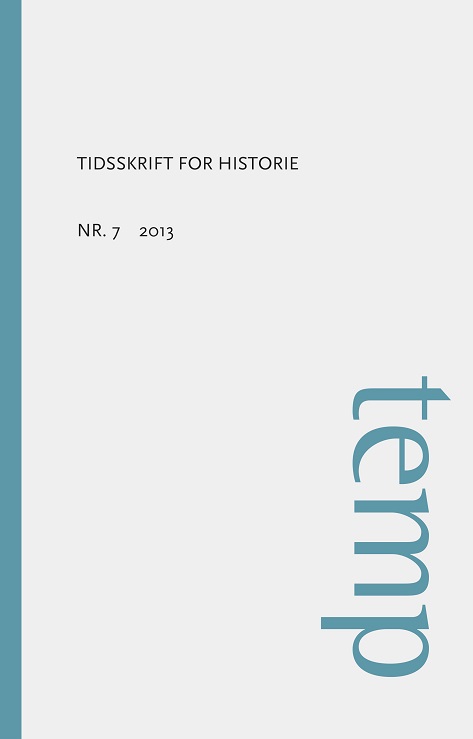RENDSBORG, 24. MARTS 1848 – PRINS FREDERIK AF NØRS KUP MOD HELSTATENS FÆSTNING I HERTUGDØMMERNE
Nøgleord:
Rendsborg, hertugdømmerne, Prins Frederik af Nør, helstaten, Slesvig-HolstenResumé
ENGLISH ABSTRACT
The crucial revolutionary act during the Schleswig-Holstein rising of 1848 was the coup against the Rendsburg fortress, led by Prince Frederik of Noer on March 24th. A reconstruction of this has to build upon contemporary reports from Danish officers and fairly contemporary reports from the Schleswig-Holstein part, while the memoirs of the prince from 1861 are unreliable and biased. The coup against approximately 1.250 soldiers in the fortress was carried out by 250 chasseurs that had joined the provisional cabinet of the Schleswig-Holstein rising. They were supported by about 100 civilians from Kiel and the area around Segeberg. Their leader was the minister of war in the cabinet, Prince Frederik. The coup force arrived at Rendsburg by train and could without hindrance invade the fortress and overpower the central guard. The prince went to see the commander-in-chief for the Duchies Schleswig and Holstein, General G. Lützow, who together with his staff was in quarter in the Gouvernementshuset. Lützow reluctantly handed over his command to the prince. The general ordered the troops to assemble unarmed on the Paradepladsen. Here, he announced his decision. The prince underlined that the provisional cabinet acted on behalf of the Danish king, who by the mob in Copenhagen was forced to change the government. The prince gave those who did not want to serve the provisional cabinet the opportunity to fall out. The majority of the officers choose to do so, some of them unsuccessfully protesting against the coup of the prince. The coup was no high-risk operation. The Danish officers were unprepared against this kind of action at this time, and they rightly doubted, if the soldiers would fire against other soldiers from the Duchies.
Downloads
Publiceret
Citation/Eksport
Nummer
Sektion
Licens
Copyright temp - tidsskrift for historie og forfatterne.
Artikler publiceret i Temp må citeres, downloades og videresendes for ikke-kommerciel brug, under forudsætning af normal akademisk reference til forfatter(e) samt tidsskrift, årgang, nummer og sider. Artiklerne må kun genudgives med eksplicit tilladelse fra forfatter(e) og tidsskriftet.





